Scroll to read
Listen to this article
Mike Sklar
VP Medical Imaging at Barco

The problems most hospitals and health systems face today are not a lack of data. In fact, there has been an exponential increase in data from both clinical and operational sources. The true challenge comes in making that data meaningful and available to people – wherever they work – who can use it to generate better outcomes.


We need both onsite and remote participants to view exactly the same content without having to transfer images and data between systems or sites.


The overarching goal is to extend operational awareness to all members of the care team. Petabytes of patient data won’t create greater knowledge for providers unless the data can be visually integrated, enabling clinicians to make better decisions in real time.
Shared data, shared context
One obstacle in healthcare’s digital transformation is the persistence of data silos. When medical staff are required to consult multiple systems, information sources and screens, they often lose a comprehensive view of a patient, department or facility at any point in time. So, forward-thinking organizations are investing in technology that can bring all their data together in one, meaning-rich place.
Tumor boards
A holistic view can also improve collaboration in formal clinical settings such as the tumor board or multidisciplinary team. These gatherings increasingly include both onsite and remote participants. Given the very different backgrounds and specialties of participants in these meetings, it is critical that meeting management technology makes it possible to view any content – images, video, audio or interactive data visualizations – optimally across all connected devices. Similarly, all meeting participants must be able to present their data and findings to colleagues with the click of a button, whether they are viewing it from a remote laptop or a central meeting room screen.
Clinical command centers
The need for visualization of healthcare data explains the growing popularity of clinical command centers. From a central location, you can monitor patient flows, manage capacity, allocate resources and reduce waiting times for patients. Similarly, multi-monitor displays and video walls help overcome silos and provide greater context and continuity for patient care.


Our clients tell us that their new operational awareness, enriched by visual context, produces better clinical workflows, greater collaboration and, by extension, better outcomes. It helps providers achieve healthcare’s quadruple aim – to improve the patient’s experience of care, improve the health of populations, reduce the cost of healthcare and improve the provider’s experience.
Remote healthcare
Remote reading technologies are another example of how health systems can eliminate physical barriers to optimize patient care, improve operations and respond to new developments with maximum flexibility. An example is the radiology department: by enabling radiologists to work remotely, hospitals are reducing onsite expense and repurposing valuable space.
Beyond the clinical advantages remote reading offers, health systems appreciate the operational benefits. On-call, weekend and late-evening duties, for example, can be performed at home instead of at the hospital. With the millennial generation and digital natives entering the workforce, home reading is becoming a standard benefit in radiology hiring.

Even before the Covid-19 crisis disrupted healthcare systems worldwide, some clear trends had already started that are continuing today at a quickened pace.

Royal Wolverhampton Hospital NHS Trust took the step to home reading for radiologists.
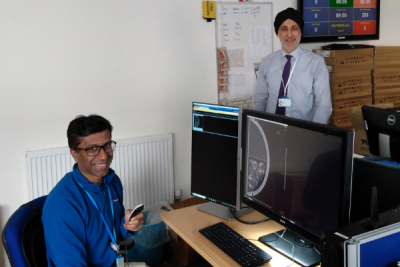
Virtual collaboration during surgery: how does it work? 6 questions answered!
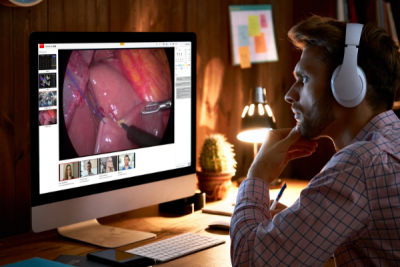

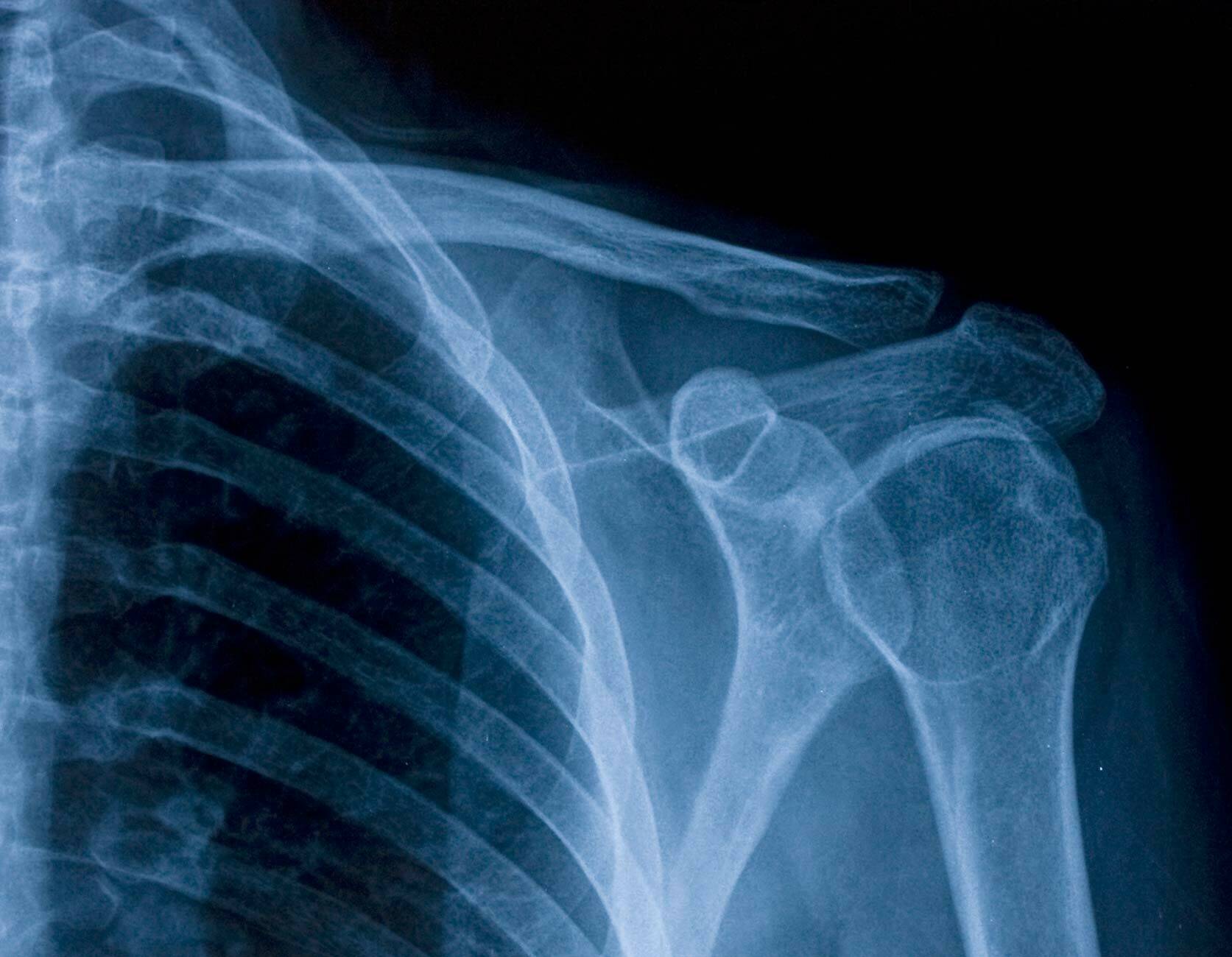
Listen to this article
Mike Sklar
VP Medical Imaging at Barco

The problems most hospitals and health systems face today are not a lack of data. In fact, there has been an exponential increase in data from both clinical and operational sources. The true challenge comes in making that data meaningful and available to people – wherever they work – who can use it to generate better outcomes.
Tumor boards
A holistic view can also improve collaboration in formal clinical settings such as the tumor board or multidisciplinary team. These gatherings increasingly include both onsite and remote participants. Given the very different backgrounds and specialties of participants in these meetings, it is critical that meeting management technology makes it possible to view any content – images, video, audio or interactive data visualizations – optimally across all connected devices. Similarly, all meeting participants must be able to present their data and findings to colleagues with the click of a button, whether they are viewing it from a remote laptop or a central meeting room screen.
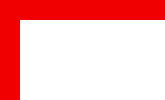
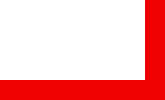
We need both onsite and remote participants to view exactly the same content without having to transfer images and data between systems or sites.
Clinical command centers
The need for visualization of healthcare data explains the growing popularity of clinical command centers. From a central location, you can monitor patient flows, manage capacity, allocate resources and reduce waiting times for patients. Similarly, multi-monitor displays and video walls help overcome silos and provide greater context and continuity for patient care.


The overarching goal is to extend operational awareness to all members of the care team. Petabytes of patient data won’t create greater knowledge for providers unless the data can be visually integrated, enabling clinicians to make better decisions in real time.
Shared data, shared context
One obstacle in healthcare’s digital transformation is the persistence of data silos. When medical staff are required to consult multiple systems, information sources and screens, they often lose a comprehensive view of a patient, department or facility at any point in time. So, forward-thinking organizations are investing in technology that can bring all their data together in one, meaning-rich place.

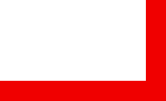
Our clients tell us that their new operational awareness, enriched by visual context, produces better clinical workflows, greater collaboration and, by extension, better outcomes. It helps providers achieve healthcare’s quadruple aim – to improve the patient’s experience of care, improve the health of populations, reduce the cost of healthcare and improve the provider’s experience.
Remote healthcare
Remote reading technologies are another example of how health systems can eliminate physical barriers to optimize patient care, improve operations and respond to new developments with maximum flexibility. An example is the radiology department: by enabling radiologists to work remotely, hospitals are reducing onsite expense and repurposing valuable space.
Beyond the clinical advantages remote reading offers, health systems appreciate the operational benefits. On-call, weekend and late-evening duties, for example, can be performed at home instead of at the hospital. With the millennial generation and digital natives entering the workforce, home reading is becoming a standard benefit in radiology hiring.
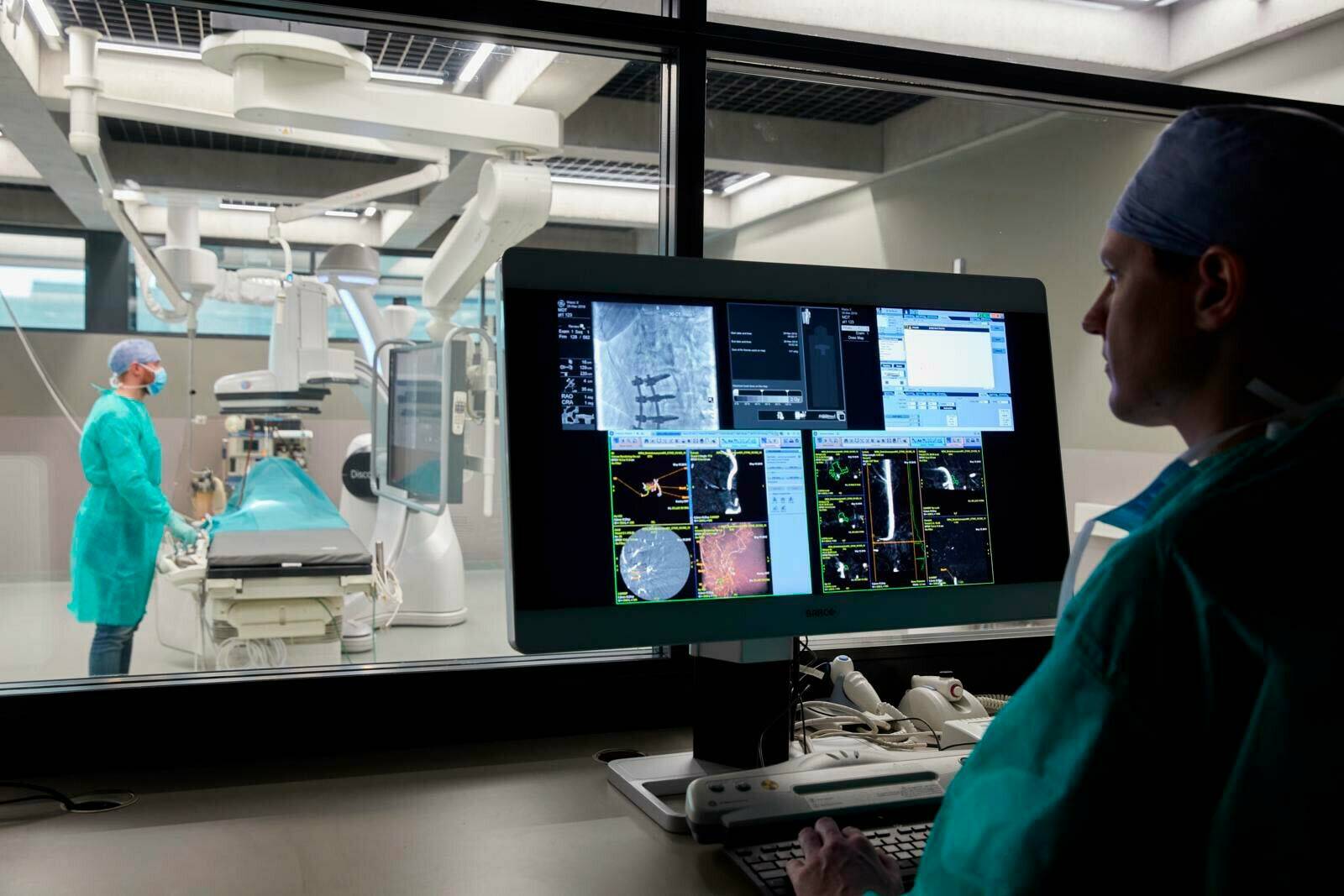

Virtual collaboration during surgery: how does it work? 6 questions answered!

Royal Wolverhampton Hospital NHS Trust took the step to home reading for radiologists.


Even before the Covid-19 crisis disrupted healthcare systems worldwide, some clear trends had already started that are continuing today at a quickened pace.
